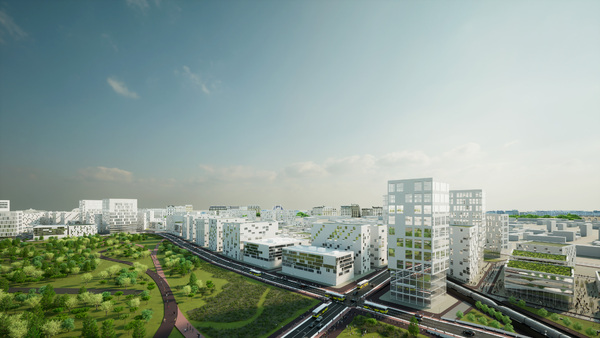It is undeniable that we are living in a constantly changing environment, from unpredictable weather due to climate change, a waning pandemic, to the global impacts of economic disruption. Amid all these unanticipated challenges, cities are also evolving and adapting to embrace the “new disorder”. The race to achieve resilience in the built environment at a faster pace than the environmental changes has presented us opportunities to respond proactively and be more creative in making design decisions. And I believe Architecture holds the key to shape our future way of living – the food, the everyday technology, and the dwellings.
Using a design science research-based approach, “Post Carbon Society” is a generative design project that focuses on exploring urban design solutions to address the net-zero carbon challenge. The project allows us as urban designers to rethink the way we conceptualise sustainable design, by valuing the nexus between human activity, lifestyles, practices, and the urban neighbourhood as a fundamental “determinant” for achieving carbon-neutral cities. Anthropogenic carbon emissions can be substantially reduced by considering the importance of further incorporating human lifestyle perspectives, such as consumption patterns relating to household energy, mobility and consumer goods, into the potential mitigation strategies.
Working in pair with Sharon, our experimental tool aims to propose an urban fabric that provides the best conditions for low carbon lifestyle options through the design of urban green infrastructure that supports renewable energy generation, in parallel with facilitating low carbon behaviour such as shifting away from vehicular travel. From “walkable cities” to “automobile cities”, how has the design of cities reformed in an appreciable way? If the walkability of a city was pegged as a critical solution to reduce traffic-dominance and reliance on non-renewable fuel, can reclaiming more streets as public spaces drive the quest for carbon neutrality?


